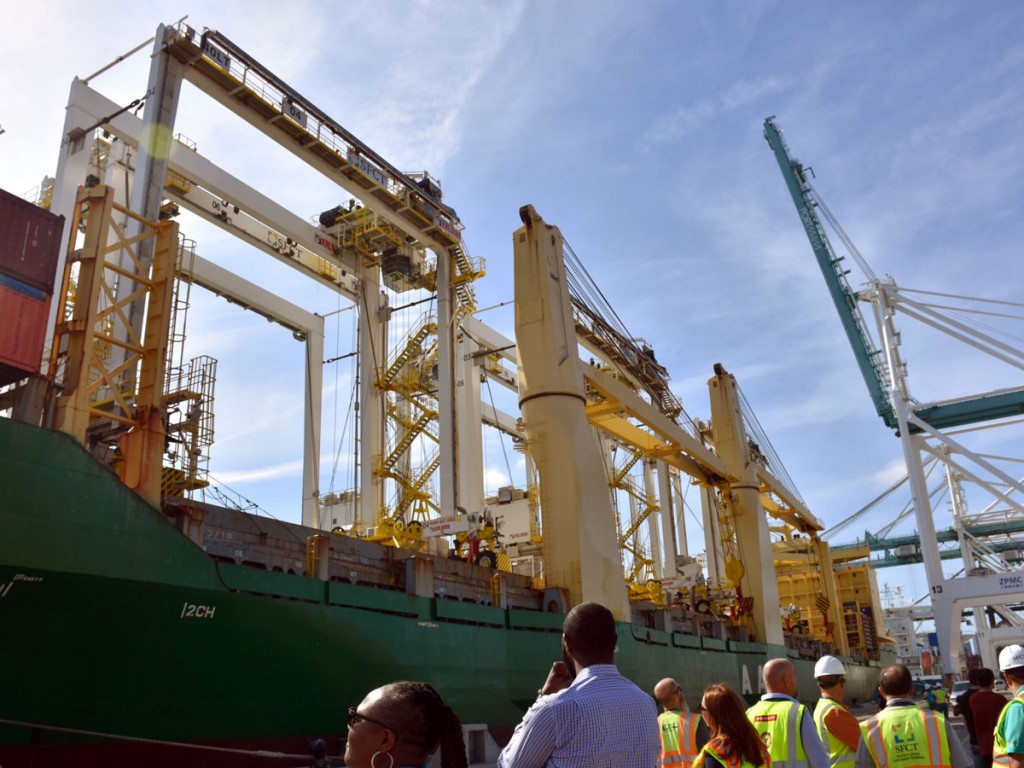Page 1: Port Miami
Page 2: Port of Miami River
Page 4: Port of Palm Beach
Page 5: Port Canaveral
Page 6: JAXPORT
Page 7: Port of Fernandina
From deeper channels to enhanced terminal infrastructure, ports along the Atlantic Coast of Florida are positioning to handle ever-increasing cargo flows, including from megacontainerships of global carrier alliances.
In a number of cases, recent federal grant announcements are providing a boost, including for channel endeavors at Port Everglades and the Port of Jacksonville, while Port Canaveral has garnered funds for berth modernization and the niche Port of Fernandina looks to benefit from federal short-sea shipping grant money.
Beginning in South Florida and heading northward up the Sunshine State’s East Coast to just south of the Florida-Georgia line, here’s the 411 on ports in the 305, the 954, the 561, the 321 and the 904:
PortMiami
The latest development at Miami-Dade County’s PortMiami is a densification project to make the most of the South Florida Container Terminal yard footprint, facilitating greater cargo flows while cutting environmental impacts. Six new electrified rubber-tired gantries are to be operational in March, with the zero-emissions ERTGs replacing diesel-powered units.

In its latest fiscal year, ended Sept. 30, 2019, PortMiami enjoyed a record containerized cargo volume of 1.12 million 20-foot-equivalent units, up 3.4 percent from the preceding 12-month period and marking the fifth consecutive year the port has topped 1 million TEUs of container throughput. The port also set a world cruise record in fiscal 2019, with 6,824,000 passenger transits.
Port officials attribute the cargo gains to a diverse balance of global trade and completion over the past few years of more than $1 billion in infrastructure improvements, including a direct tunnel link to the Interstate highway system, upgraded on-dock rail and additional super-post-Panamax container cranes. Completion in 2015 of the Deep Dredge endeavor, delivering 50-foot channel depth, has allowed the port to accommodate hundreds of megacontainerships deployed by global alliances.





